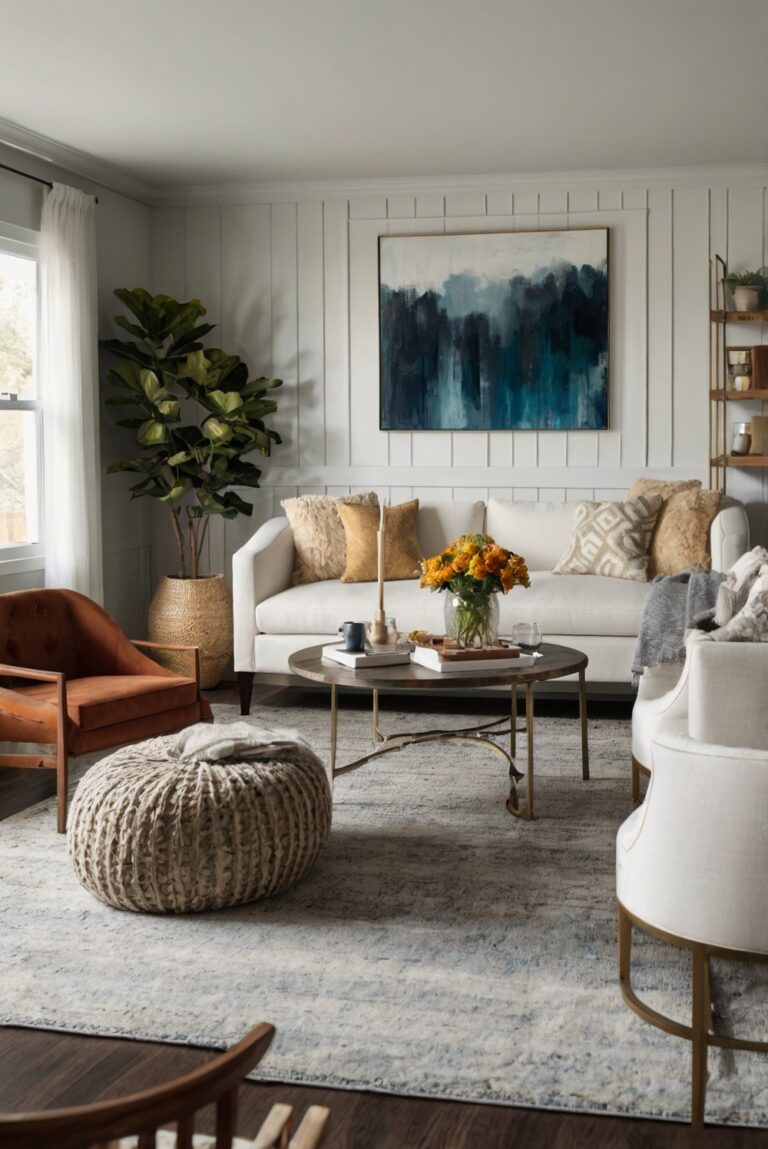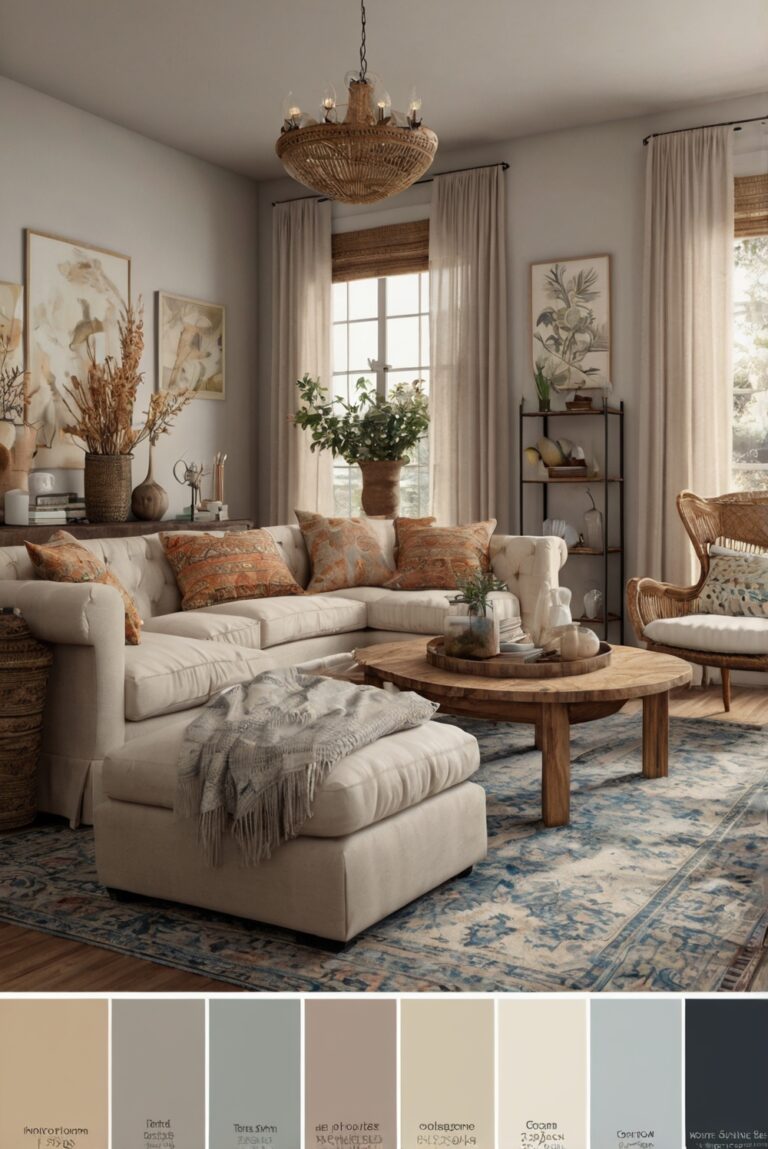How to mix and match different sofa styles in your living room?
Discover the secret to perfectly mixing and matching different sofa styles in your living room. Create a harmonious space effortlessly with our daily interior designer routine for stunning decor.
Mixing and matching different sofa styles in your living room can create a unique and eclectic design that reflects your personal style. To achieve this look, start by selecting a color palette that ties all the different sofa styles together. Consider mixing textures and patterns for added visual interest. To prevent the room from looking cluttered, balance the different sofa styles with cohesive furniture pieces and accessories.
When mixing sofa styles, consider the size and scale of each piece to ensure they fit harmoniously in the space. It’s important to maintain a sense of balance and proportion to avoid overwhelming the room. Experiment with different layouts and configurations to find the best arrangement that suits your taste.
To create a cohesive look, use common design elements such as color, texture, and style throughout the room. Incorporate complementary decor items like throw pillows, rugs, and curtains to tie the different sofa styles together. Pay attention to details like wall paint colors and lighting to enhance the overall aesthetic of the space.
By carefully planning and coordinating the different sofa styles in your living room, you can achieve a stylish and harmonious home decorating interior design that showcases your creativity and personality. Remember to have fun with the process and let your imagination guide you in creating a space that feels truly unique and personal.
How to Mix and Match Different Sofa Styles in Your Living Room
1. Understanding Your Style Preferences:
When mixing and matching different sofa styles in your living room, the first step is to understand your style preferences. Consider the overall theme of your living room and the existing furniture pieces. Identify whether you prefer a modern, traditional, eclectic, or minimalist style. This will help you determine the types of sofa styles that will complement your space.
2. Selecting a Focal Point:
Choosing a focal point in your living room can help you decide on the sofa styles to mix and match. The focal point could be a fireplace, a large window with a view, or a piece of artwork. By selecting a focal point, you can build the rest of the room’s design around it, including the different sofa styles you want to incorporate.
3. Coordinating Colors and Textures:
When mixing and matching sofa styles, it’s essential to coordinate colors and textures to create a cohesive look. Consider the color palette of your living room and choose sofa styles that complement the existing colors. Mixing different textures such as leather, velvet, or linen can add visual interest and depth to the space.
4. Balancing Proportions:
To mix and match different sofa styles successfully, you need to balance proportions in your living room. Avoid overcrowding the space with too many large or bulky pieces of furniture. Instead, mix larger sofas with smaller accent chairs or loveseats to create visual balance and harmony in the room.
5. Adding Statement Pieces:
Incorporating statement pieces like a bold-colored sofa or a unique design can elevate the overall look of your living room. These pieces can serve as focal points and add personality to the space. Experiment with mixing different sofa styles by incorporating one or two standout pieces that reflect your individual style.
When mixing and matching different sofa styles in your living room, remember to experiment and have fun with the process. By understanding your style preferences, selecting a focal point, coordinating colors and textures, balancing proportions, and adding statement pieces, you can create a visually appealing and inviting living room that reflects your unique taste and personality.
1. What are some popular sofa styles to mix and match in a living room?
When mixing and matching sofa styles in your living room, consider popular options like mid-century modern, contemporary, traditional, industrial, and eclectic. These styles can be combined to create a unique and visually appealing space that reflects your personal taste.
2. How can I choose complementary colors and patterns for my sofa styles?
To mix and match different sofa styles effectively, select colors and patterns that complement each other. Use a color wheel to identify complementary colors or opt for a neutral base with pops of color through pillows, throws, and rugs. Mixing patterns like stripes, florals, and geometric designs can add depth and visual interest to your living room.
3. What are some tips for balancing different sofa styles in a living room?
Achieve a balanced look by mixing sofa styles in varying proportions. For example, pair a large sectional with a set of armchairs or mix a bold statement sofa with more understated pieces. Consider the scale and proportion of each piece to ensure they harmonize with one another.
4. How can I incorporate different textures when mixing sofa styles?
Incorporate a variety of textures like leather, velvet, linen, and wool to add depth and dimension to your living room. Mix smooth and rough textures for a tactile experience and consider adding elements like wood, metal, or glass for a more dynamic look.
5. What are some common mistakes to avoid when mixing and matching sofa styles?
Avoid overwhelming the space with too many contrasting styles or colors. Stick to a cohesive color palette and mix one or two contrasting styles for a harmonious blend. Additionally, be mindful of scale and ensure that each piece complements the overall design of the room.







